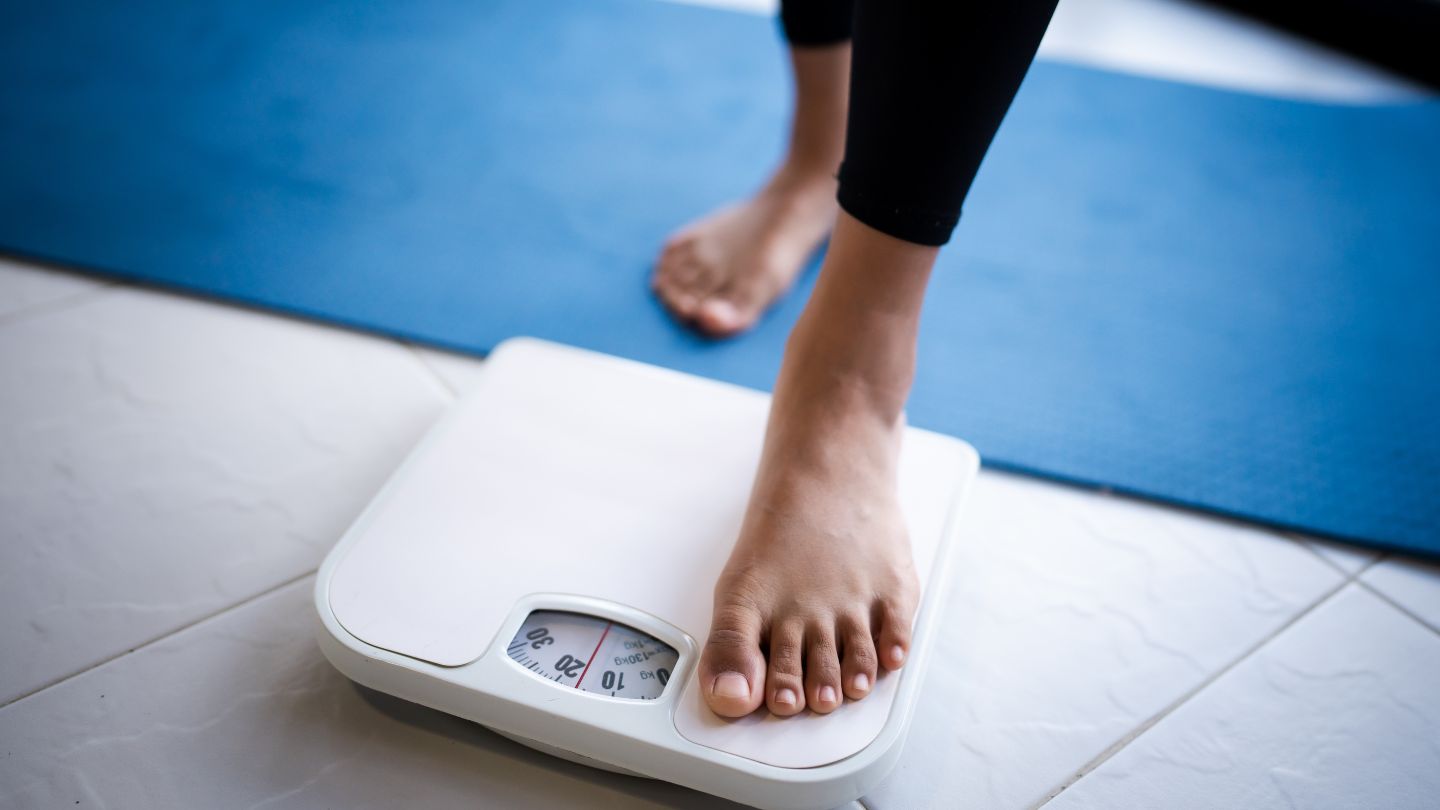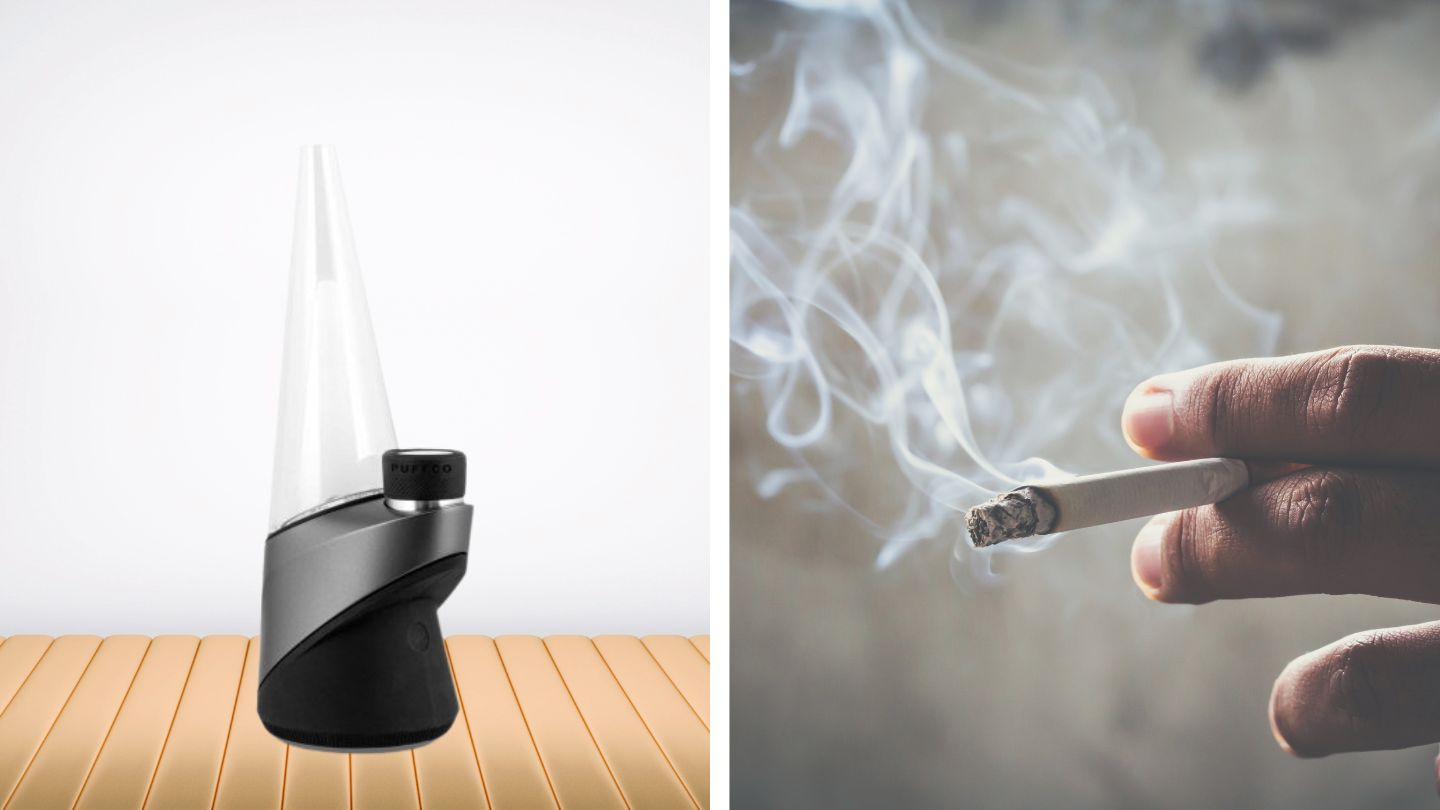Vaping has become a popular alternative to traditional smoking, sparking curiosity about its health and lifestyle effects. One question often asked is, how many calories are in a vape? For anyone conscious of their calorie intake or exploring weight loss options, the idea of adding hidden calories to your day might seem concerning. After all, could vaping possibly lead to weight gain or impact your body weight in any significant way?
This blog will explore the caloric content of vaping, how vape juice and e-liquid contribute (or don’t) to your daily calorie intake, and how vaping compares to traditional cigarettes. We’ll also look at the role of nicotine, the impact of using a disposable vape or regular vape device, and how it all ties to your overall intake.
What Is Vape Juice Made Of?
To understand the calorie content, we need to break down what’s inside vape juice. Common ingredients include:
- Vegetable glycerin (VG)
- Propylene glycol (PG)
- Flavoring
- Optional nicotine
Both VG and PG are used in vape liquid to create the vapor that users inhale. VG, derived from plant oils, has about 4 calories per gram, while PG has almost negligible calories. Flavoring is added in minimal amounts, contributing only trace calories, and nicotine, while vastly important to vapers, doesn’t contain any significant calories itself.
How Many Calories Are in a Vape?
A typical 1-milliliter bottle of vape juice contains about 4-5 calories. Considering that each puff of your vape pen uses just a fraction of 1 milliliter, the calorie count per puff is practically unnoticeable. For example, you might consume fewer calories than in a sip of black coffee, which racks up only 2 calories per cup.
Breaking It Down
- A single vape puff has less than 0.1 calorie.
- Even heavy vapers taking multiple puffs daily would barely exceed a single calorie.
- By comparison, a stick of gum has 2-5 calories and a typical snack far more.
For those asking if vaping contributes to weight gain, the numbers make it clear that the calorie intake from vaping is negligible.
Does Nicotine Play a Role?
Some believe that the nicotine levels in vaping can suppress appetite, contributing to weight loss rather than weight gain. While nicotine does have appetite-suppressing effects for some, relying on vaping to manage your intake or make significant changes in body weight isn’t a recommended approach.
For smokers transitioning to vaping, it’s worth noting that traditional smoking can similarly curb cravings. However, both habits have implications beyond calories, especially concerning overall health.
How Calories Affect Daily Intake

The caloric intake from a vape device or disposable vape is so small that it contributes less than a drop in the ocean of your recommended daily caloric intake. Even if you’re someone meticulously counting calories, the effect of inhaling vapor would have no measurable impact on your goals.
For perspective:
- Daily recommended food intake for adults ranges from 2,000 to 2,500 calories.
- The minimal calories from vaping amount to less than 1% of your overall consumption.
Thus, vaping, whether for nicotine or recreational flavors, won’t cause you to gain weight or disrupt your dietary goals.
Can Vaping Be a Smoking Alternative?
For individuals who are quitting smoking, switching to vaping can offer a smoother transition. While traditional cigarettes might contain trace calories from tobacco, the focus is generally on avoiding harmful additives rather than caloric changes.
Switching doesn’t bring much change in calories. The trace calorie count from both cigarette smoke and inhaling vape liquid is insignificant when compared to other daily sources of energy. The real benefit lies in reducing exposure to harmful chemicals associated with traditional smoking.
Understanding Negligible Caloric Content
When it comes to vape juice and e liquid, the small amount of calories they contain makes them less significant than even the daily fluctuations in your calorie intake from something as simple as chewing gum. The trace amounts of caloric content are also far below any effective threshold to shift body weight.
Even flavored vape liquid adds no real substance to your intake. Despite its wide array of flavours, most are based on low- or zero-calorie compounds. Any perception of sweetness comes from flavoring agents dissolved in liquids like PG or VG, which evaporate rather than enter the bloodstream.
Comparing Vaping to Traditional Smoking

One of the most common questions revolves around the differences between vaping and smoking cigarettes in terms of calories. Both habits involve inhaling vapor or smoke, but neither adds enough calories to impact your caloric intake significantly.
Whereas a traditional cigarette might burn organic compounds that offer trace amounts of energy, a vape relies primarily on liquid evaporation. This leads to negligible calories, offering no risk of weight gain from use alone.
Vaping cannabis produces a much lighter and less lingering scent compared to smoking, raising the question, does weed smell when you vape it? While the smell is not entirely absent, it is significantly reduced due to the lack of combustion. The aroma comes from terpenes, the natural compounds in cannabis that release fragrance when heated. To further minimize odor, consider using an oil-based vape pen, keeping the vaporizer clean, and vaping in well-ventilated spaces or near an open window.
Addressing Safety and Health Concerns
While vaping isn’t a significant source of calories, it’s not without its considerations. Users should look beyond calorie myths and focus on the broader effects of nicotine. Even if electronic cigarettes and disposable vapes contribute fewer toxins than traditional smoking, finding a balance between lifestyle choices, health, and dietary decisions is key to overall well-being.
Final Thoughts
For those worried about adding hidden calories to their diet or managing body weight, the good news is that vaping poses no significant risk. The calories in vape juice are barely measurable, and even heavy users won’t see a difference in their daily calorie intake. Whether you’re new to vaping, switching to it for quitting smoking, or just exploring its flavors, the overall caloric content is negligible.
For anyone mindful of their diet, it’s always better to focus on actual food intake and lifestyle changes rather than spending too much time calculating the calorie count of inhaling vapor. Rest easy knowing that vaping, whether done with a vape device, disposable vape, or even opting for a vape for weed in Annapolis, remains one of the least impactful habits calorie-wise.
At Aroma Annapolis, we help you to keep your goals in perspective and steer clear of misconceptions about weight gain from vaping. With the right knowledge, you can make confident decisions about your habits without unnecessary concerns about your daily caloric intake.



